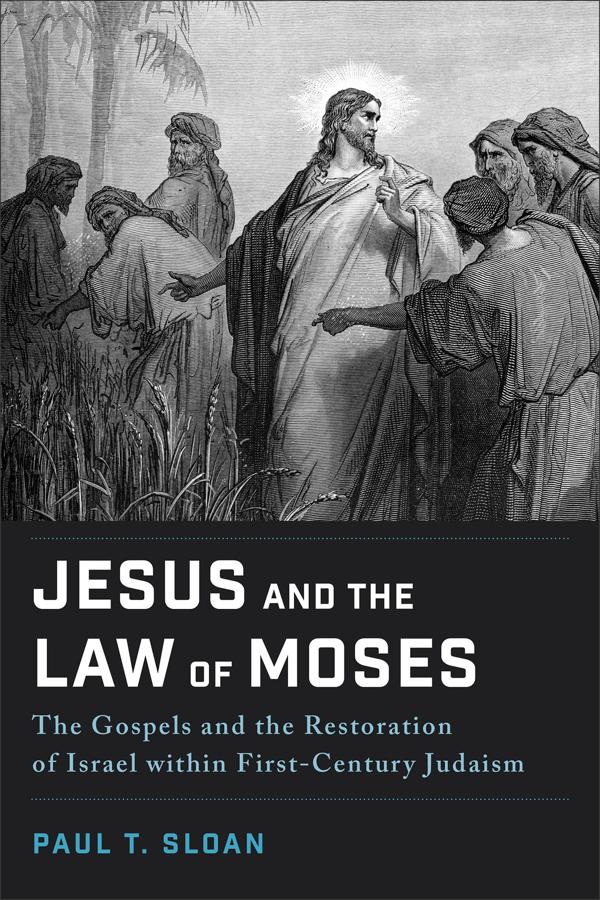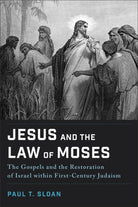New Release
Jesus and the Law of Moses
$32.99
Unit price
/
Unavailable
Shipping calculated at checkout.
Couldn't load pickup availability
Jesus and the Law of Moses


